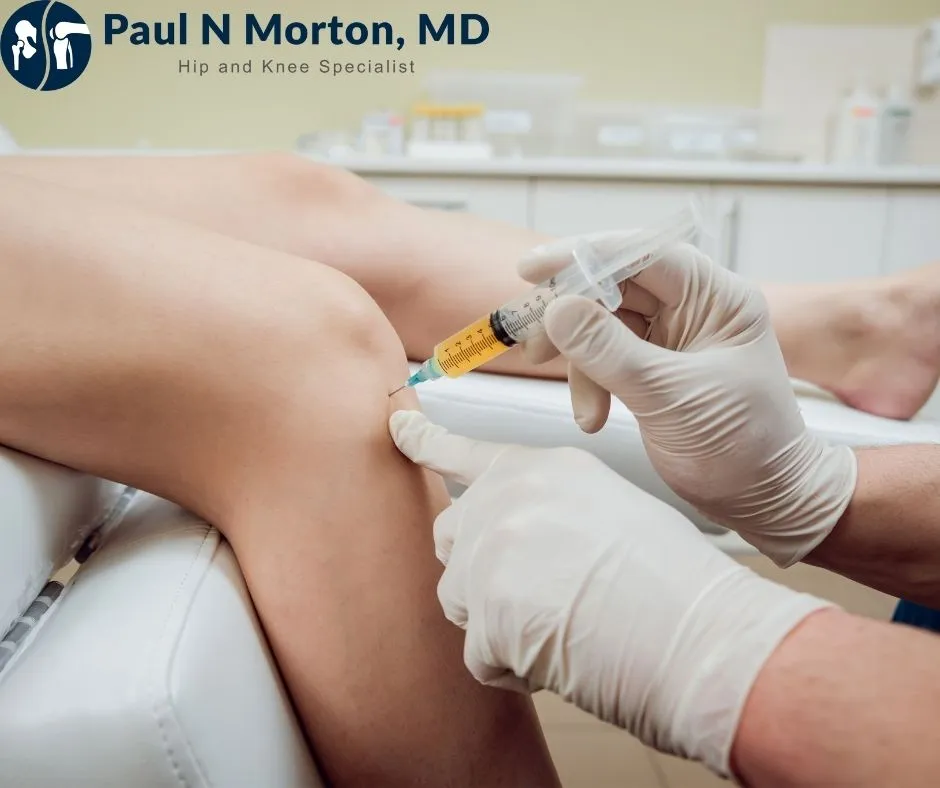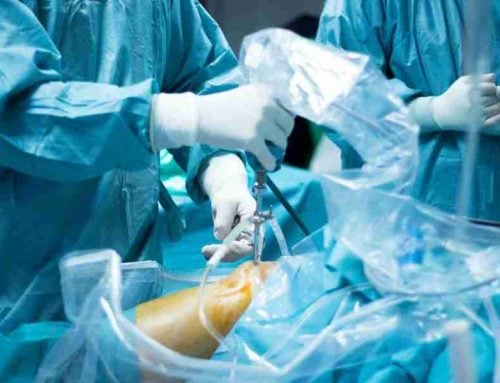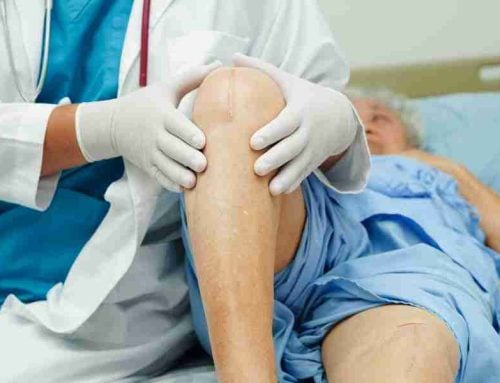If you are experiencing knee pain, you may be considering platelet rich plasma knee injections as a possible treatment option for joint pain. PRP injections are becoming an increasingly popular choice to decrease pain in health care, and there is a good reason why. It is a common alternative to corticosteroid injections. In this blog post, we will discuss everything you need to know about PRP knee injections. We will cover what platelet rich plasma is, how it works, the benefits of PRP injections, and more!
Table of Contents
What Is Platelet Rich Plasma?
Platelet rich plasma, or PRP, is a type of blood plasma that has an increased concentration of platelets. Platelets are a type of blood cell, also called thrombocytes, that helps to promote healing and growth. When PRP is injected into the knee for joint pain, it can help to promote healing and reduce inflammation. Significant relief from symptoms often lasts six months or longer.
How is PRP prepared?
PRP is extracted from the patient’s own blood. First, a small amount of your own blood is drawn and placed in a centrifuge. The centrifuge spins the blood at high speeds, which causes the platelets to separate from the red blood cells. The platelet-rich plasma is then collected and can be injected into the knee for joint pain relief.
There are different types of preparation of PRP injections. For arthritic joints, the procedure involves obtaining a low level of white blood cells in the extraction and a high number of platelets and growth factors. White blood cells can cause an elevated inflammatory response with less benefit to preparations with lower white blood cell count (also known as leukocyte poor PRP). Not all PRP preparations are created equally. Dr. Morton is attentive to this and uses injections with a low number of white blood cells to obtain better pain relief.
How Does Platelet rich plasma therapy Work?
When platelets are concentrated in plasma, they can help to promote healing and growth. When PRP is used to treat knee pain in patients, it helps to deliver these platelets and growth factors injected directly to the area that needs them most. PRP injections can help to reduce inflammation and promote healing.
What Are the Benefits of PRP Injections?
There are many benefits to PRP injections for knee pain. Some of the key benefits include:
– Reduced inflammation
– Faster healing process
– Significant symptom relief from chronic pain
– Treat knee osteoarthritis
– Reduce pain and swelling
– Improve mobility
– Improved joint function
– Does not raise blood sugar levels the way that steroid injections do
– Symptom relief may last six months to a year after injection
If you are considering PRP injection, be sure to talk to your doctor about whether PRP injections are for you.
How Does PRP Work for Knee Osteoarthritis?
When platelets are concentrated in plasma, they can help to promote healing and growth. When PRP is injected into the knee joint capsule, it helps to deliver these platelets directly to the area that needs them most. This can help to reduce inflammation and promote healing.
Who Is a Candidate for PRP Knee Injections?
Not everyone is a candidate for platelet rich plasma injections. Orthopedic surgeons will be able to help you determine if PRP knee injections are the right treatment option for you. Generally, PRP injections are most beneficial for people who are experiencing pain or arthritis in the knee joint.
What Other Orthopedic Problems are treated by PRP treatment?
PRP Treatments are not just for knee pain. It can also be beneficial for other orthopedic problems and joints, such as:
– Achilles tendonitis
– Tennis elbow
– Rotator cuff injuries
– Meniscus tear (Shock absorber in the knee)
– Joint injury
– Chronic Tendon injuries
– Muscle injuries
– Shoulder osteoarthritis
What Are the Risks of PRP Injections?
As with any type of injection, there are some risks associated with PRP injection. Some of the potential risks include:
– Infection
– Temporarily increased pain
– Bleeding at the injection site
– Nerve damage
– Skin irritation
It is important to discuss the risks and benefits of PRP injections with an orthopedic surgeon before deciding if these treatments are right for you.
What Should I Expect After My Platelet Rich Plasma Injections?
After you are treated with a platelet rich plasma injection, you may experience some minor side effects during the healing process. Some of the most common side effects include:
– Swelling
– Bruising
– Redness
– Pain
These side effects are usually mild and temporary. You can expect to feel better after a few days following your injection. If you experience pain for several weeks after injection, please discuss this with Dr. Morton.
If you have any questions after your platelet rich plasma injection, you may experience some swelling and pain in the knee. This is normal and should subside within a few days. You will also likely be instructed to avoid strenuous activity for a few weeks after the injection. Talk to your doctor about what you can expect after your PRP injection and how to best care
What are some alternatives to PRP treatment?
If PRP injections are not right for you, there are other treatment options available. Some of the most common alternatives to PRP injections include:
– Anti inflammatory medications
– Corticosteroid injections
– Physical therapy
– Surgery
Talk to Dr. Morton about which treatment option is best for you.





